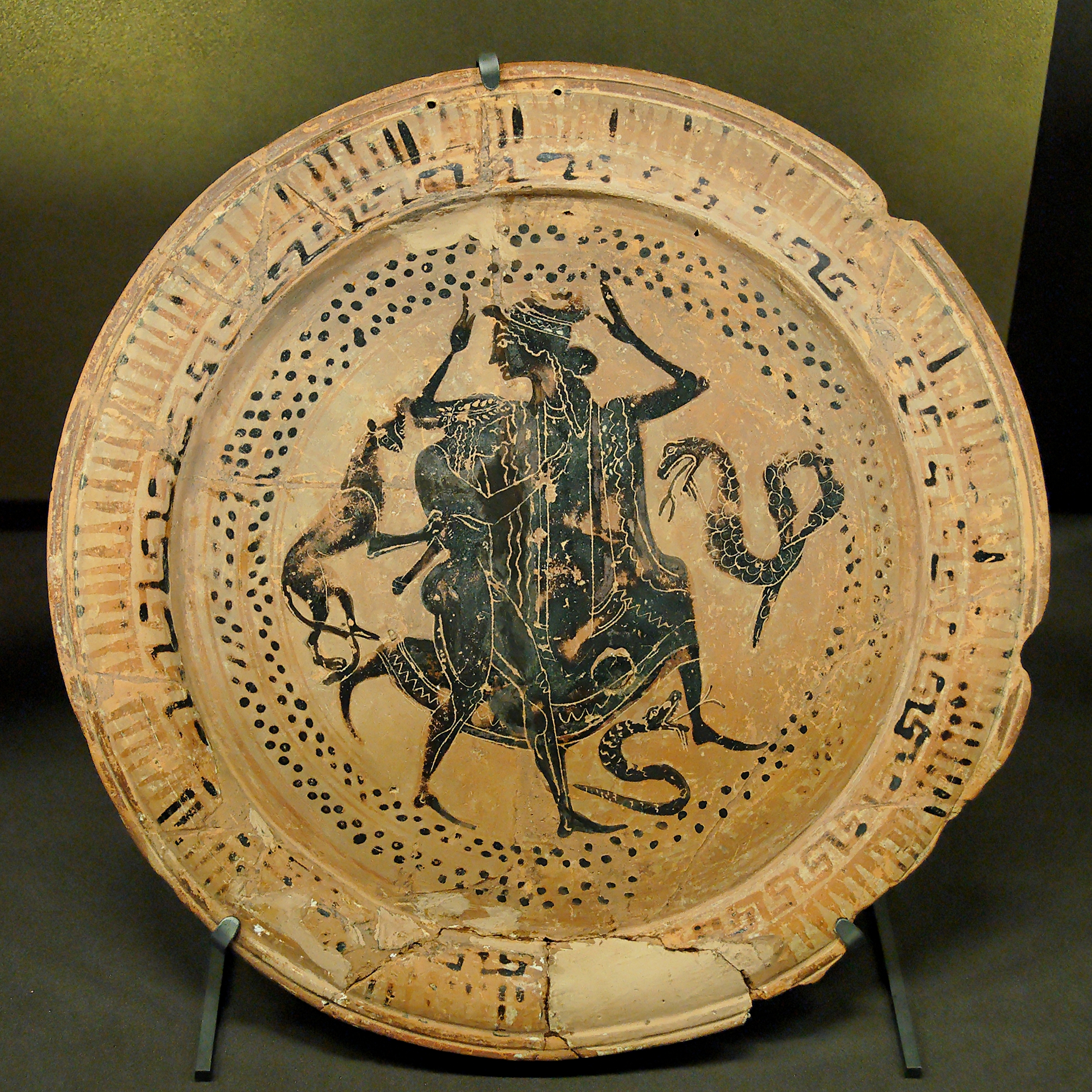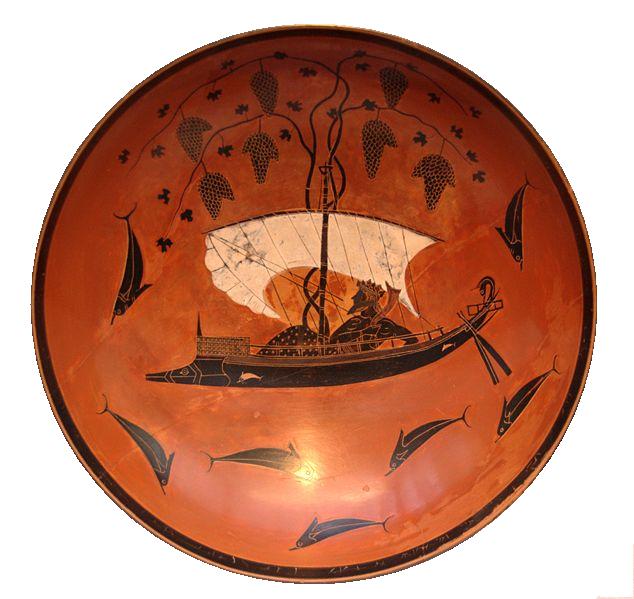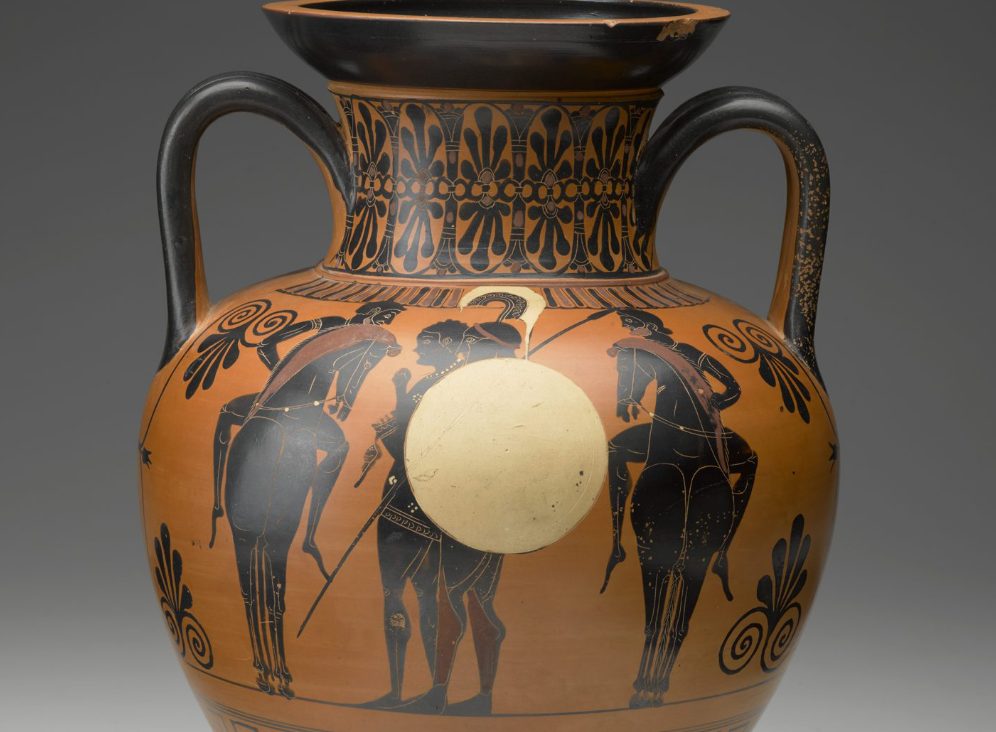|
Douris (vase Painter)
Douris or Duris (, ''Douris'') was an ancient Athenian red-figure vase-painter and potter active to 460 BCE. Work He began his career painting for the potters Kleophrades and Euphronios, before beginning a long collaboration with the potter Python. He signed 39 vases as a painter, also one as a potter and painter, and one vase as a potter only. Between 250 and 300 vases are ascribed to him. The majority of these vases are kylixes, i.e. cups. His name seems to have been popular, since one finds it on other vases: it is reproduced on a cup by Onesimos. On the basis of these signatures, his kalos inscriptions, and of the subsidiary decoration of the vases, the art historian John Beazley divided his career into four principal periods: Period 1 :(Very early and early) Is characterized by a full ornamentation of diverse border motifs. The preferred subjects are the symposium, the komoi (processions of drunks), and warriors. The period is marked out by the use of the kalos-inscript ... [...More Info...] [...Related Items...] OR: [Wikipedia] [Google] [Baidu] |
Thetis Peleus Cdm Paris 539
Thetis ( , or ; ) is a figure from Greek mythology with varying mythological roles. She mainly appears as a sea nymph, a goddess of water, and one of the 50 Nereids, daughters of the ancient sea god Nereus. When described as a Nereid in Classical myths, Thetis was the daughter of Nereus and Doris, and a granddaughter of Tethys with whom she sometimes shares characteristics. Often she seems to lead the Nereids as they attend to her tasks. Sometimes she also is identified with Metis. Some sources argue that she was one of the earliest of deities worshipped in Archaic Greece, the oral traditions and records of which are lost. Only one written record, a fragment, exists attesting to her worship and an early Alcman hymn exists that identifies Thetis as the creator of the universe. Worship of Thetis as the goddess is documented to have persisted in some regions by historical writers, such as Pausanias. In the Trojan War cycle of myth, the wedding of Thetis and the Greek her ... [...More Info...] [...Related Items...] OR: [Wikipedia] [Google] [Baidu] |
Ancient Greek Vase Painters
The following is a list of ancient Greek vase painters who have been identified either by name or by style. Because of the research of academics like John Davidson Beazley, Arthur Dale Trendall, Robert Manuel Cook, Darrell A. Amyx and Conrad Stibbe more than 2800 individual painters are known. Geometric period * Dipylon Master Orientalizing period *Analatos Painter * Honolulu Painter * Mesogeia Painter Black-figure period * Acheloos Painter * Affecter * Amasis Painter * Ampersand Painter * Anakles *Andokides Painter * Antimenes Painter * Athena Painter * Beldam Painter * Bellerophon Painter * Castellani Painter * Cerameicus Painter * Chimera Painter * Chiusi Painter * Daybreak Painter * Diosphos Painter * Edinburgh Painter * Elbows Out * Ergoteles * Eucharides Painter * Euphiletos Painter * Exekias * Gela Painter * Goltyr Painter * Gorgon Painter * Haimon Painter * Heidelberg Painter * Kleitias * KX Painter * Lion Painter * Lydos *Lysippides Painter * Madrid Painter ... [...More Info...] [...Related Items...] OR: [Wikipedia] [Google] [Baidu] |
5th-century BC Deaths
The 5th century is the time period from AD 401 (represented by the Roman numerals CDI) through AD 500 (D) in accordance with the Julian calendar. The 5th century is noted for being a period of migration and political instability throughout Eurasia. It saw the collapse of the Western Roman Empire, which came to a formal end in 476 AD. This empire had been ruled by a succession of weak emperors, with the real political might being increasingly concentrated among military leaders. Internal instability allowed a Visigoth army to reach and ransack Rome in 410. Some recovery took place during the following decades, but the Western Empire received another serious blow when a second foreign group, the Vandals, occupied Carthage, capital of an extremely important province in Africa. Attempts to retake the province were interrupted by the invasion of the Huns under Attila. After Attila's defeat, both Eastern and Western empires joined forces for a final assault on Vandal North Africa, but ... [...More Info...] [...Related Items...] OR: [Wikipedia] [Google] [Baidu] |
John Boardman (art Historian)
Sir John Boardman, (; 20 August 1927 – 23 May 2024) was a British classical archaeologist and art historian of ancient Greek art. Educated at Chigwell School in Essex and at Magdalene College, Cambridge, Boardman worked as assistant director of the British School at Athens between 1952 and 1955 before taking up a position as an assistant keeper at the Ashmolean Museum, part of the University of Oxford. He succeeded John Beazley as Lincoln Professor of Classical Archaeology and Art at the university in 1978, remaining in post until his retirement in 1994. Boardman's academic work focused on the art and archaeology of ancient Greece, with a particular focus on Greek colonisation, jewellery and vase-painting. He was made a Fellow of the British Academy, which awarded him its Kenyon Medal in 1995. He was also awarded the Onassis Prize for Humanities in 2009. Personal life and education Boardman was born in Ilford, Essex, on 20 August 1927. He was educated at Chigwell Schoo ... [...More Info...] [...Related Items...] OR: [Wikipedia] [Google] [Baidu] |
Signature Douris Louvre G115
A signature (; from , "to sign") is a depiction of someone's name, nickname, or even a simple "X" or other mark that a person writes on documents as a proof of identity and intent. Signatures are often, but not always, handwritten or stylized. The writer of a signature is a signatory or signer. Similar to a handwritten signature, a signature work describes the work as readily identifying its creator. A signature may be confused with an autograph, which is chiefly an artistic signature. This can lead to confusion when people have both an autograph and signature and as such some people in the public eye keep their signatures private whilst fully publishing their autograph. Function and types Identification The traditional function of a signature is to permanently affix to a document a person's uniquely personal, undeniable self-identification as physical evidence of that person's personal witness and certification of the content of all, or a specified part, of the document ... [...More Info...] [...Related Items...] OR: [Wikipedia] [Google] [Baidu] |
Trojan War
The Trojan War was a legendary conflict in Greek mythology that took place around the twelfth or thirteenth century BC. The war was waged by the Achaeans (Homer), Achaeans (Ancient Greece, Greeks) against the city of Troy after Paris (mythology), Paris of Troy took Helen of Troy, Helen from her husband Menelaus, king of Sparta. The war is one of the most important events in Greek mythology, and it has been Epic Cycle, narrated through many works of ancient Greek literature, Greek literature, most notably Homer's ''Iliad''. The core of the ''Iliad'' (Books II – XXIII) describes a period of four days and two nights in the tenth year of the decade-long siege of Troy; the ''Odyssey'' describes the journey home of Odysseus, one of the war's heroes. Other parts of the war are described in a Epic Cycle, cycle of epic poems, which have survived through fragments. Episodes from the war provided material for Greek tragedy and other works of Greek literature, and for Latin literature, ... [...More Info...] [...Related Items...] OR: [Wikipedia] [Google] [Baidu] |
Achilles
In Greek mythology, Achilles ( ) or Achilleus () was a hero of the Trojan War who was known as being the greatest of all the Greek warriors. The central character in Homer's ''Iliad'', he was the son of the Nereids, Nereid Thetis and Peleus, king of Phthia and famous Argonauts, Argonaut. Achilles was raised in Phthia along with his childhood companion Patroclus and received his education by the centaur Chiron. In the ''Iliad'', he is presented as the commander of the mythical tribe of the Myrmidons. Achilles' most notable feat during the Trojan War was the slaying of the Trojan prince Hector outside the gates of Troy. Although the death of Achilles is not presented in the ''Iliad'', other sources concur that he was killed near the end of the Trojan War by Paris (mythology), Paris, who shot him with an arrow. Later legends (beginning with Statius' unfinished epic ''Achilleid'', written in the first century CE) state that Achilles was invulnerable in all of his body except ... [...More Info...] [...Related Items...] OR: [Wikipedia] [Google] [Baidu] |
Memnon (mythology)
In Greek mythology, Memnon (; Ancient Greek: Μέμνων, ) was a king of Aethiopia and son of Tithonus and Eos. During the Trojan War, he brought an army to Troy's defense and killed Antilochus, Nestor (mythology), Nestor's son, during a fierce battle. Nestor challenged Memnon to a fight, but Memnon refused, being there was little honor in killing the aged man. Nestor then pleaded with Achilles to avenge his son's death. Despite warnings that soon after Memnon fell so too would Achilles, the two men fought. Memnon drew blood from Achilles, but Achilles drove his spear through Memnon's chest, sending the Aethiopian army running. The death of Memnon echoes that of Hector, another defender of Troy whom Achilles also killed out of revenge for a fallen comrade, Patroclus. After Memnon's death, Zeus was moved by Eos' tears and granted him immortality. Memnon's death is related at length in the lost epic ''Aethiopis'', likely composed after ''The Iliad'', circa the 7th century Befo ... [...More Info...] [...Related Items...] OR: [Wikipedia] [Google] [Baidu] |
Psykter
A (, 'cooler') is a type of Pottery of ancient Greece, Greek vase that is characterized by a bulbous body set on a high, narrow foot. It was used as a wine cooler, and specifically as part of the elite sympotic set in the ancient Greek symposium. The , as distinct from other coolers, is a vase which has a mushroom-shaped body, and was produced for only a short period of time during the late-sixth to mid-fifth centuries, with almost all of this type dating to between 520 and 480 BCE. The fact of its brevity combined with there being a number of simpler methods of cooling wine suggests that this shape was merely a fad. It is possible that it came about as a response to avoiding mixing contaminated snow-ice directly in wine, as it was known that this could cause illness, but this is unlikely as the alcohol in wine has useful sterilizing properties. Even proportionately to other wine utensils of its time it is comparatively rare, with few examples being found. Although the did have ... [...More Info...] [...Related Items...] OR: [Wikipedia] [Google] [Baidu] |
Komos
The ''kōmos'' (; : ''kōmoi'') was a ritualistic drunken procession performed by revelers in ancient Greece, whose participants were known as ''kōmasts'' (κωμασταί, ''kōmastaí''). Its precise nature has been difficult to reconstruct from the diverse literary sources and evidence derived from vase painting. The earliest reference to the ''kōmos'' is in Hesiod's '' Shield of Herakles'', which indicates it took place as part of wedding festivities (line 281). And famously Alcibiades gate-crashes the '' Symposium'' while carousing in a ''kōmos''. However, no one kind of event is associated with the ''kōmos'': Pindar describes them taking place at the city festivals (Pythian 5.21, 8.20, Olympian 4.9), while Demosthenes mentions them taking place after the '' ''pompe'''' and '' choregoi'' on the first day of the Greater Dionysia (Speeches 21.10), which may indicate the ''kōmos'' might have been a competitive event. The ''kōmos'' must be distinguished from the pompe, ... [...More Info...] [...Related Items...] OR: [Wikipedia] [Google] [Baidu] |
Douris Cup Jason Vatican Crop
Duris or Douris may refer to: * Duris, Lebanon, a village near Baalbek, Lebanon People Given name * Duris of Samos (4th c. BC), at times Douris, philosopher, writer, and tyrant * Duris (artist) (5th c. BC), Athenian potter and painter * Duris Maxwell (born 1946), Canadian drummer Surname * Romain Duris (born 1974), French actor * Peter Douris (born 1966), retired Canadian professional ice hockey player * Miller M. Duris (1928–2014), American politician * Michal Ďuriš (born 1988), Slovak footballer * Peter Ďuriš (born 1981), Duris, or Durish * Radoslav Ďuriš (born 1974), Slovak wheelchair curler, Paralympian * Raina Douris (born 1986), Canadian radio broadcaster * Vítězslav Ďuriš Vítězslav "Slava" Ďuriš (born 5 January 1954) is a Czech former professional ice hockey defenceman who represented Czechoslovakia. He began his career with TJ Plzeň in the Czechoslovak First Ice Hockey League, where he played from 1975 to 19 ... (born 1954), professional ... [...More Info...] [...Related Items...] OR: [Wikipedia] [Google] [Baidu] |








